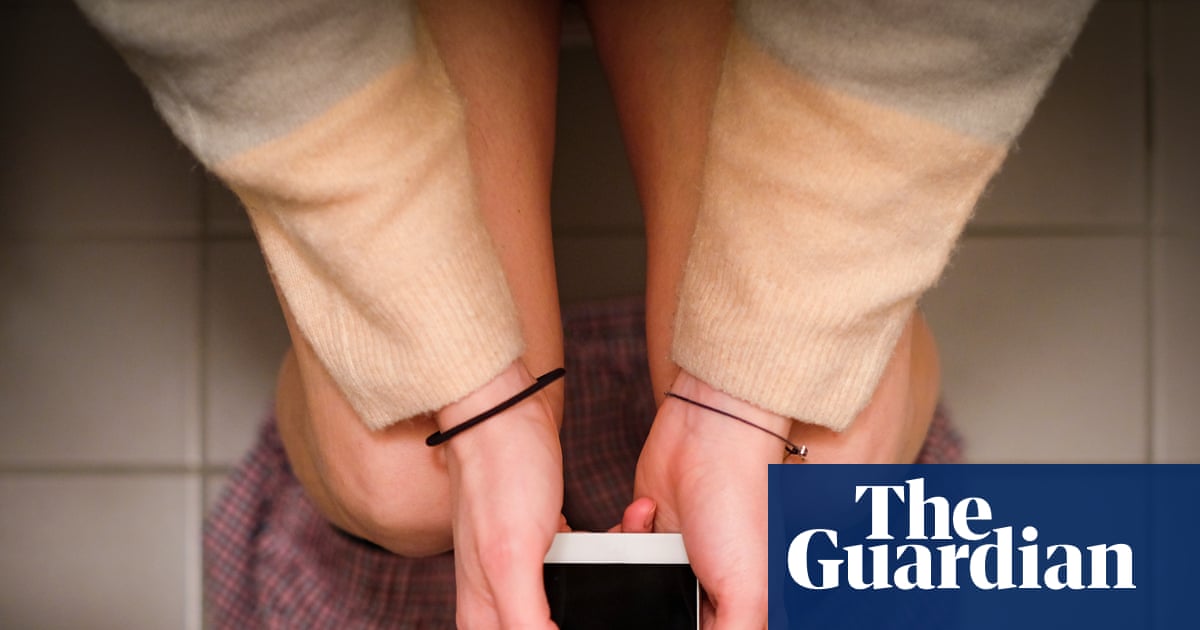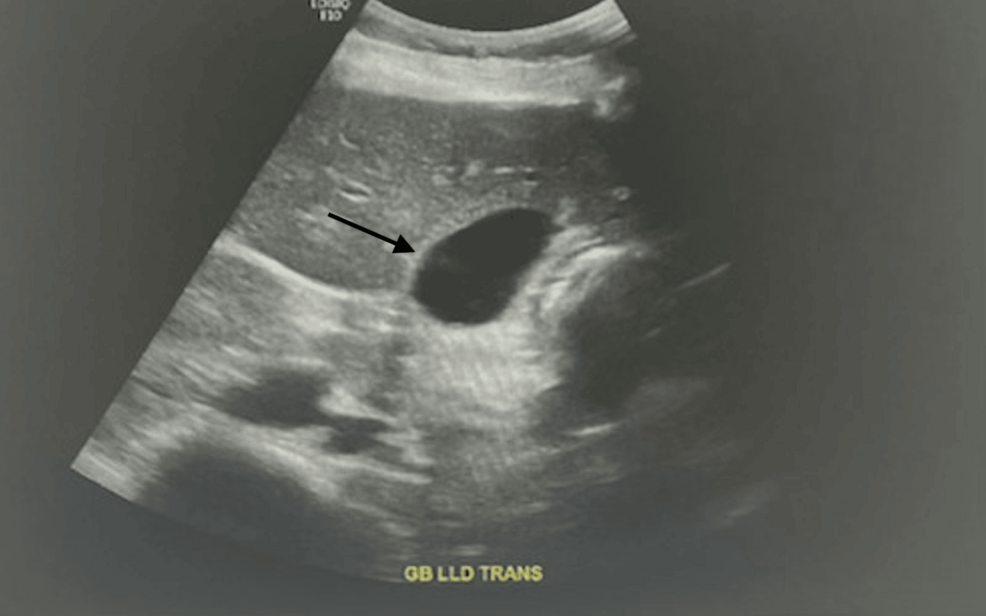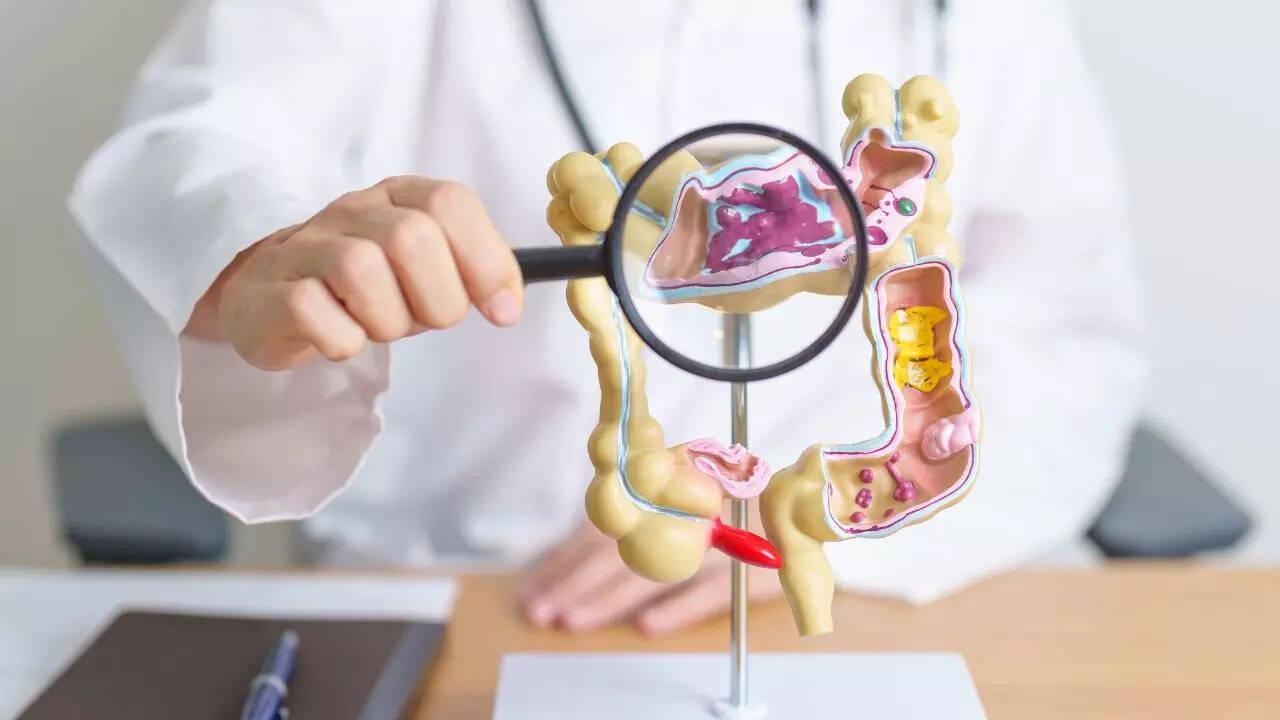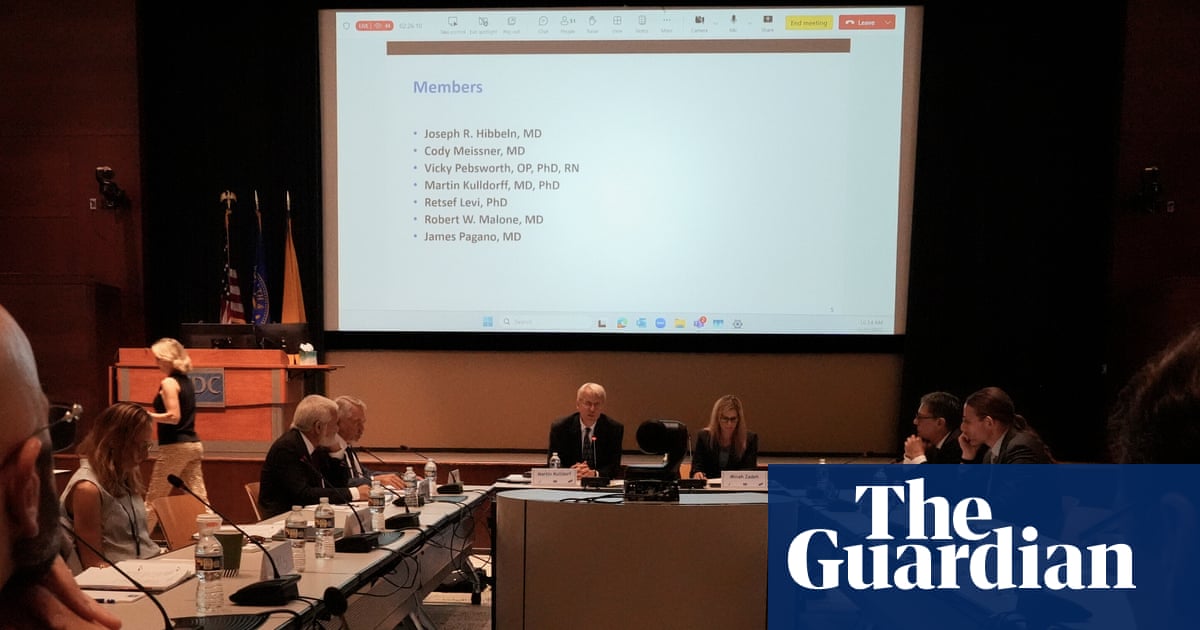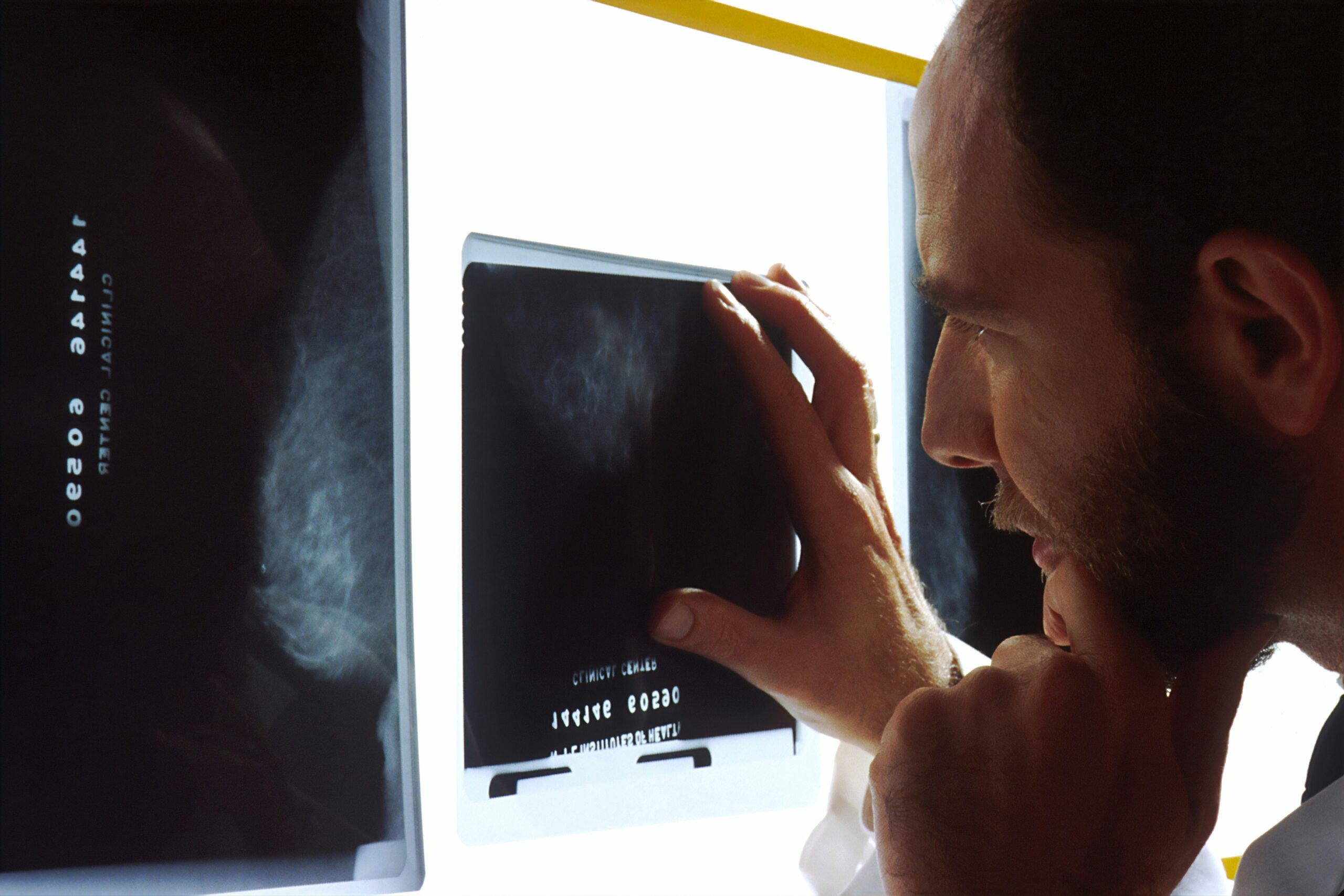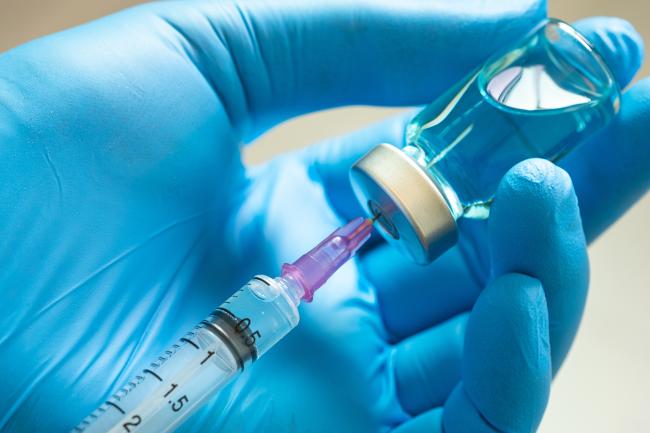Colorectal cancer is unique in having its own microbial ‘fingerprint’ – according to new research from the University of East Anglia.
Colorectal cancer is the fourth most common cancer in the UK and the second deadliest.
The research could help doctors better understand how this cancer develops, how aggressive it might be, and even how a patient might respond to treatment.
The team studied whole genome sequencing (WGS) data from more than 9,000 cancer patients.
The analysis, published today, also challenges scientific claims that all cancers are associated with a unique microbial fingerprint.
This study changes how we think about the role of microbes in cancer.”
Dr. Abraham Gihawi, lead researcher from UEA’s Norwich Medical School
How the research happened
The research team studied Genomics England DNA sequence information from 11,735 cancer samples representing 22 different types of cancer.
“When you collect cancer DNA sequences, you also gain information from the DNA of microbes contained within the samples,” said Dr. Gihawi.
“We wanted to determine the precise DNA composition of microbes present in each sample. So, we developed computer programs to remove human DNA and analyse the remaining microbe DNA.
“We then correlated this information with clinical data from the patients about their cancer type and clinical outcome.
“What we found challenges previous claims that each cancer type has a distinct microbiological signature or fingerprint.
“But importantly, as whole genome sequencing becomes more common in hospitals, we show that looking at the microbes in tumor samples could become a powerful tool for improving cancer care at little extra cost.
A breakthrough for colorectal and oral cancers
“Our results show that only colorectal tumors possess distinctly identifiable microbial communities.
“We found that these microbial signatures were so specific that they could accurately distinguish colorectal tumors from other tumors. We hope that this could help doctors diagnose the disease more precisely and researchers to study the microbes found in colorectal cancer.”
The study also uncovered promising clinical applications.
For example, in oral cancers, the study found that certain viruses like HPV (human papillomavirus) could be detected accurately compared with current medical tests.
The team also found rare but dangerous viruses, such as Human T-Lymphotropic Virus-1 (HTLV-1), which can be dormant infections capable of causing cancer.
Better survival rates
“We found that certain types of bacteria were associated with poorer survival rates in some cases of sarcoma. This might lead to additional research and treatment options for these types of cancer,” said Dr. Gihawi.
“One of the most exciting things we found was that in some sarcoma cases, the presence of specific bacteria was linked to better survival rates.
“This suggests that microbes might one day help doctors predict how well a patient will respond to treatment and open up new approaches to treatment,” he added.
An indispensable tool
Prof Daniel Brewer, from UEA’s Norwich Medical School, said: “This study highlights the growing clinical value of whole genome sequencing in identifying pathogenic organisms such as HTLV-1 and papillomavirus, which may otherwise go undetected.
“By revealing these hidden infections and providing insight into cancer prognosis – particularly in sarcomas – it demonstrates how genomic analysis is becoming an indispensable tool in precision medicine.
“The findings also suggest that oral cancer, in some cases, may be a close diagnostic consideration, further emphasizing the importance of comprehensive genomic profiling in clinical decision-making.”
This research was led by UEA in collaboration with the University of Leeds, the Quadram Institute, Oxford Nanopore Technologies, the Institute of Cancer Research, London, the University of Manchester, NIHR Manchester Biomedical Research Centre, the University of Athens (Greece) the University of Liverpool, Cambridge University Hospitals NHS Foundation Trust, University College London, the University of Southampton, the University of North Carolina (US) and the Earlham Institute.
This work was funded by the Big C Cancer Charity and Prostate Cancer UK, with further support from The Bob Champion Cancer Trust, The Alan Boswell Group, Masonic Charitable Foundation Successor to the Grand Charity, Movember, Prostate Cancer Research, the King Family, the Hargrave Foundation, NIHR Manchester Biomedical Research Centre and Sarcoma UK.
‘Microbial Clues in Cancer: New Study Challenges Old Assumptions and Reveals Clinical Potential’ is published in the journal Science Translational Medicine.
Source:
University of East Anglia


